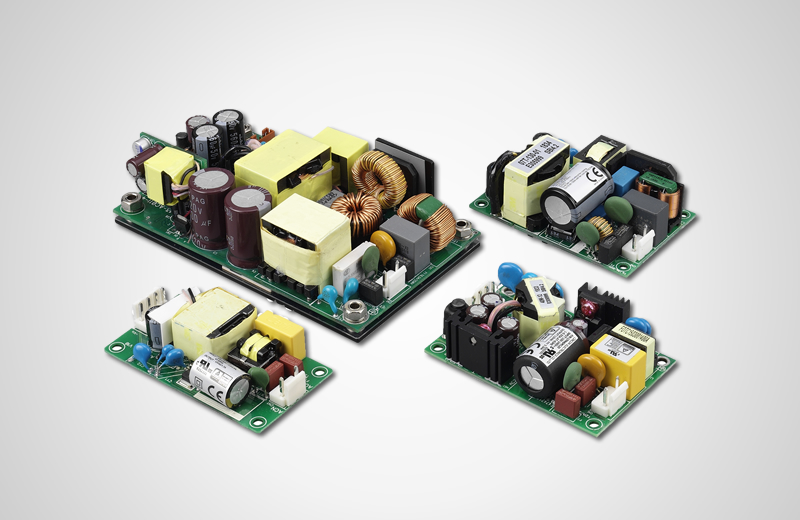Pay-per-click (PPC) advertising can be a powerful tool for driving traffic and generating leads for your business. However, managing a successful PPC campaign requires a significant amount of time, expertise, and resources. That's where ad management services come in. By investing in professional ad management, you can take your PPC campaigns to the next level and achieve better results. In this article, we will explore the top 5 benefits of investing in ad management services for your PPC campaigns.
1. Expertise and Experience
One of the primary benefits of hiring PPC ad management services for your campaigns is the expertise and experience that professionals bring to the table. PPC experts have in-depth knowledge of the industry, including the latest trends, best practices, and strategies for maximizing the performance of your campaigns. By partnering with experienced professionals, you can benefit from their knowledge and ensure that your campaigns are set up for success.
Benefits of expertise and experience include:
- Strategic keyword research and selection
- Effective ad copywriting
- Optimized landing pages
- Ongoing campaign optimization
- Performance tracking and reporting
2. Time Savings
Managing a PPC campaign requires a significant time investment, from setting up ad campaigns to monitoring performance and making adjustments. By outsourcing your ad management to professionals, you can free up your time to focus on other important aspects of your business. Ad management services handle all aspects of your PPC campaigns, allowing you to reap the benefits without the time-consuming effort.
Benefits of time savings include:
- Focus on core business activities
- Reduce administrative burden
- Quick response to market changes
- Continuous campaign monitoring and optimization
- Scalability for future growth
3. Cost-Effectiveness
Contrary to popular belief, investing in ad management services can save you money in the long run. PPC experts have the knowledge and experience to optimize your campaigns for maximum performance, which can lead to cost savings and improved ROI. By working with professionals, you can avoid costly mistakes and make the most of your PPC budget.
Benefits of cost-effectiveness include:
- Lower cost per click (CPC)
- Improved ad relevance and quality score
- Higher click-through rates (CTR)
- Increased conversion rates
- Maximized return on investment (ROI)
4. Targeted Advertising
Ad management services can help you reach your target audience more effectively by using advanced targeting options and strategies. Whether you want to target specific demographics, locations, interests, or behaviors, PPC experts can help you tailor your campaigns to reach the right people at the right time. By targeting your ads more effectively, you can increase the likelihood of attracting high-quality leads and conversions.
Benefits of targeted advertising include:
- Increased relevance and engagement
- Higher conversion rates
- Improved ad performance and ROI
- Enhanced brand visibility and awareness
- Better understanding of audience behavior
5. Performance Monitoring and Optimization
One of the key advantages of ad management services is the ability to continuously monitor and optimize the performance of your PPC campaigns. PPC experts use advanced analytics tools and tracking technologies to measure the success of your campaigns in real-time. By analyzing key metrics and performance data, professionals can make data-driven decisions to improve the effectiveness of your campaigns and maximize results.
Benefits of performance monitoring and optimization include:
- Identifying and eliminating underperforming ads
- Testing and optimizing ad creatives
- Adjusting bidding strategies for better results
- Improving landing page experience for higher conversions
- Staying ahead of competitors in the market
In conclusion, investing in ad management services for your PPC campaigns can provide a wide range of benefits, from expertise and experience to time savings, cost-effectiveness, targeted advertising, and performance monitoring. By partnering with professionals, you can take your PPC campaigns to the next level and achieve better results for your business.









